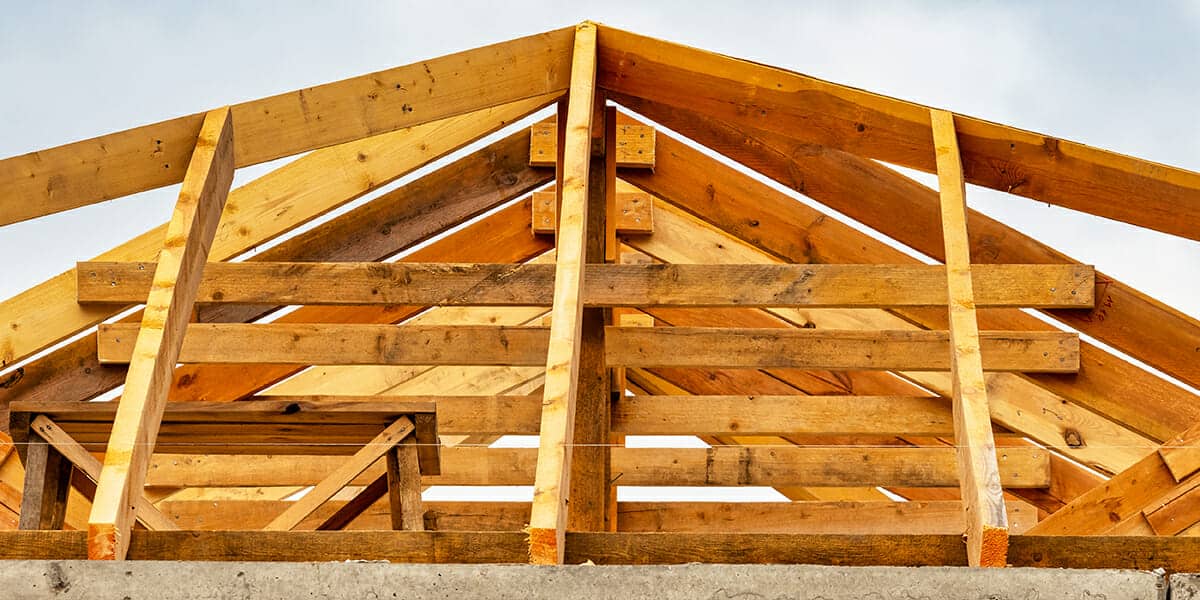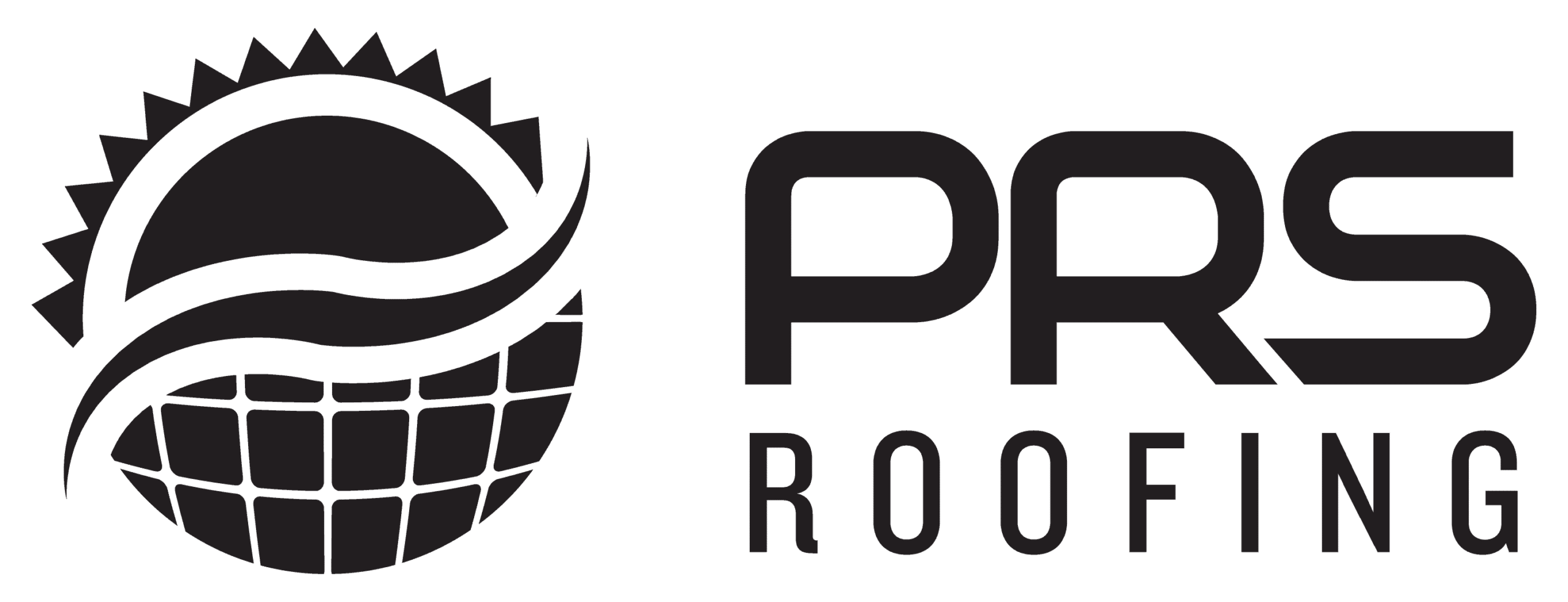When you need roofing services, call our experts at (800) 750-9198.
Because of their versatility and dramatic appearance, scissor trusses are among the most common types of roof support in modern homes. They are especially popular in homes with vaulted ceilings and ones that need attic trusses.
But what is a scissor truss, and how is it made? Is installing this form of support in your home the right choice?
Our experts at PRS Roofing have answers to these questions. If you want to learn more about installing these roof and attic trusses, contact our team at (800) 750-9198.
What Is a Scissor Truss?
A scissor truss, also called a vaulted truss, is an A-frame structure that joins two triangular “legs” with a top beam, or “pitch.” These legs join in the middle like the blades on an opened pair of scissors, giving the truss its name.
Most commonly, a vaulted roof will have a scissor truss at each end. Wide spaces like attics may require more support, placing trusses at regular intervals. Due to their triangular structure, scissor trusses are highly durable. They can be the sole roof support in larger spaces, often eliminating the need to combine them with other types of trusses.

The Pros and Cons of Scissor Trusses
Should you install scissor trusses to support your roof? The decision depends on your needs and your home’s layout.
Some of the reasons you may want to choose scissor trusses include the following:
- Ease of installation. Compared to other trusses, scissor trusses are simple to install, significantly reducing installation costs.
- Extra vertical space in living areas. Unlike A-frame trusses, scissor trusses allow you to take advantage of the full height of your space. If you’re building support in your attic, this may not be a concern, but if your living room has a vaulted ceiling, it certainly is.
- Full customizability. Roofing manufacturers can prefabricate custom designs to fit any size or sloped ceiling. They perform these modifications offsite, saving you time and energy when the onsite construction begins.
- Ease of repair and maintenance. Their upside-down construction means scissor trusses don’t generally accumulate water, even during heavy storms. This reduces the amount of damage from mold and other water hazards.
A few of the problems you may face when installing scissor trusses include:
- Difficulty in insulation. Traditional flash-and-batt insulation needs to get into every corner of a space, and scissor trusses make it difficult to fill those corners in. Blown-in insulation may fall downhill or collapse if your roof is steep.
- Tight access to eaves. Scissor trusses can make life more difficult for roof inspectors and construction workers. This narrow clearance can especially be an issue near exterior walls.
Call PRS Roofing for All the Expert Help You Need
What is a scissor truss? Now that you know the answer, you may want to learn about other types of trusses. You may also be curious about the other parts of a house roof.
If you still have questions, call our PRS Roofing team in Debary, FL, at (800) 750-9198 for professional guidance.

